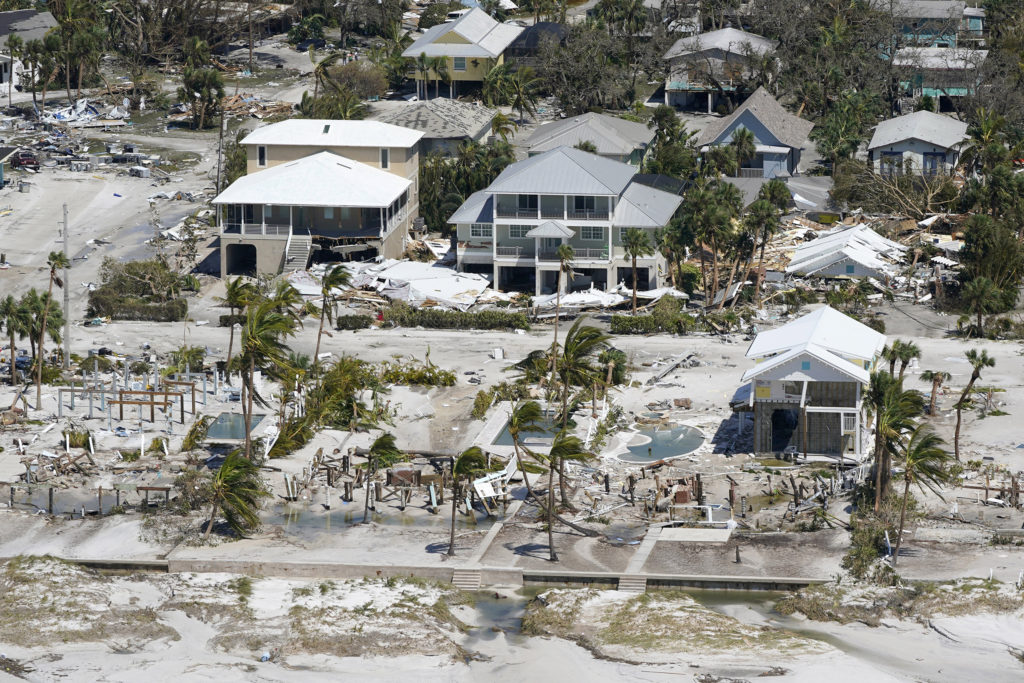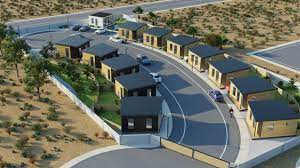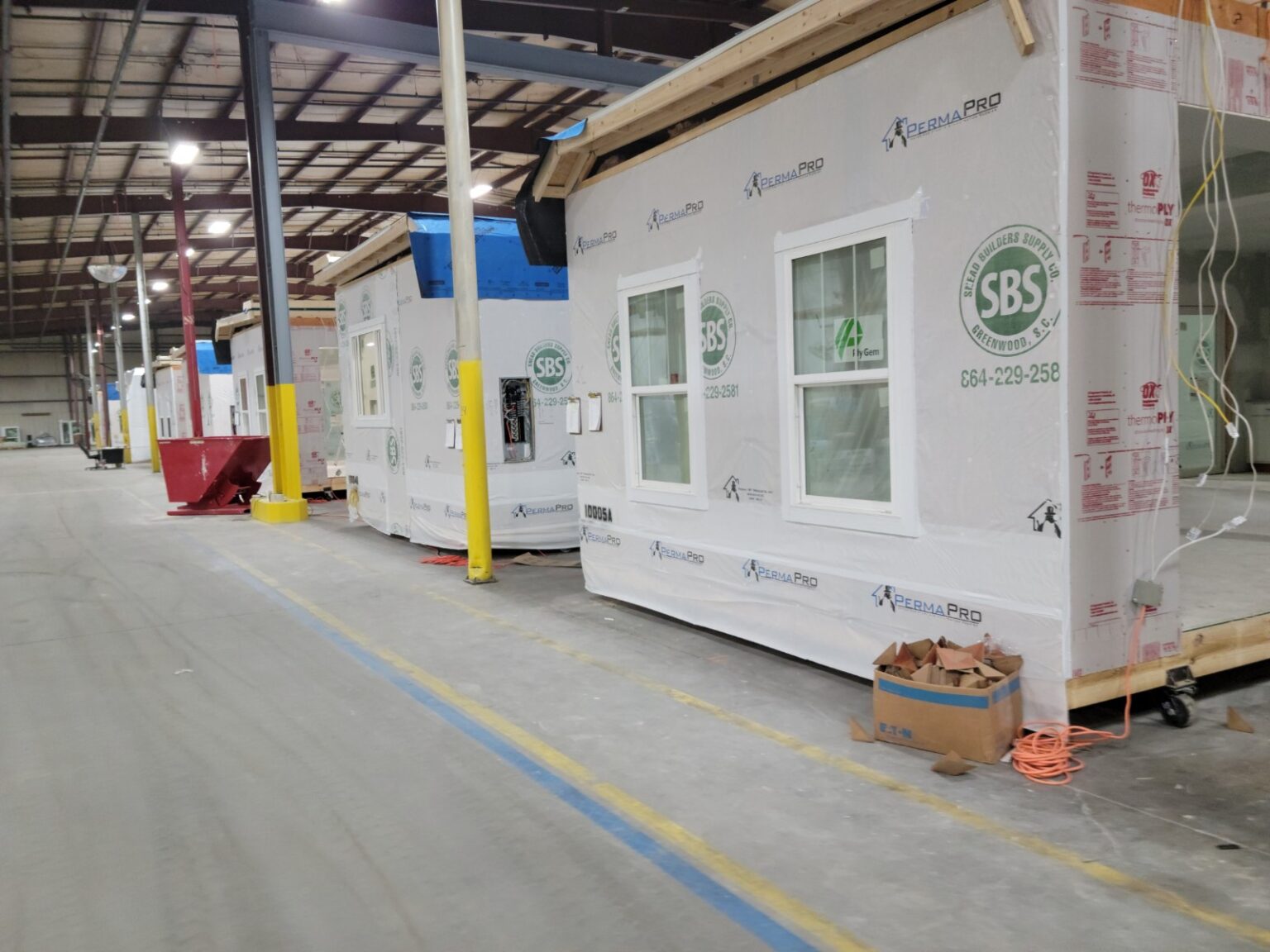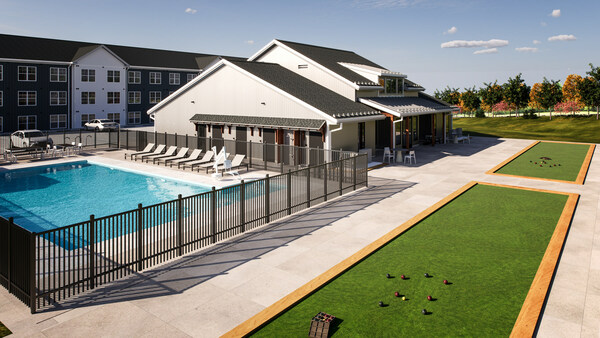Many outside the manufactured housing industry are quick to point out entire manufactured home communities wiped out during a natural disaster but as it’s been said many times, “that isn’t the whole story.”

The two photos above show the damage in manufactured home communities in Florida after Hurricane Ian was mostly limited to exterior add-ons such as patio roofs. Some homes received more damage than their neighbors but isn’t that what usually happens in a natural disaster?
Hurricane Andrew did wipe entire manufactured home communities in Florida in 1994 but The U.S. Department of Housing and Urban Development (HUD) amended the requirements HUD to establish Construction and Safety Standards that are reasonable and practical, meet high standards of protection, are performance-based, and are objectively stated. Congress specifically established the MHCC to develop proposed revisions to the Construction and Safety Standards.
Those changes resulted in recently built manufactured homes meeting tougher building codes with the result being most of those homes survived Hurricane Ian matching the survival rates of onsite and modular homes.
Required to meet 150 MPH winds, manufactured homes are built tough along Florida’s coasts and must have double wall studs, double roof trusses, and tie-down strapping anchored to concrete.

Damages to traditionally built homes show the same types of damage as manufactured homes in many parts of Florida after Hurricane Ian.
The Manufactured Housing Institute, the national trade association for the factory-built housing industry, claims, “Manufactured homes are as safe as traditional homes during a storm, and in hurricane zones, the standards for manufactured homes are more stringent than regional and national building codes for site-built homes.”



